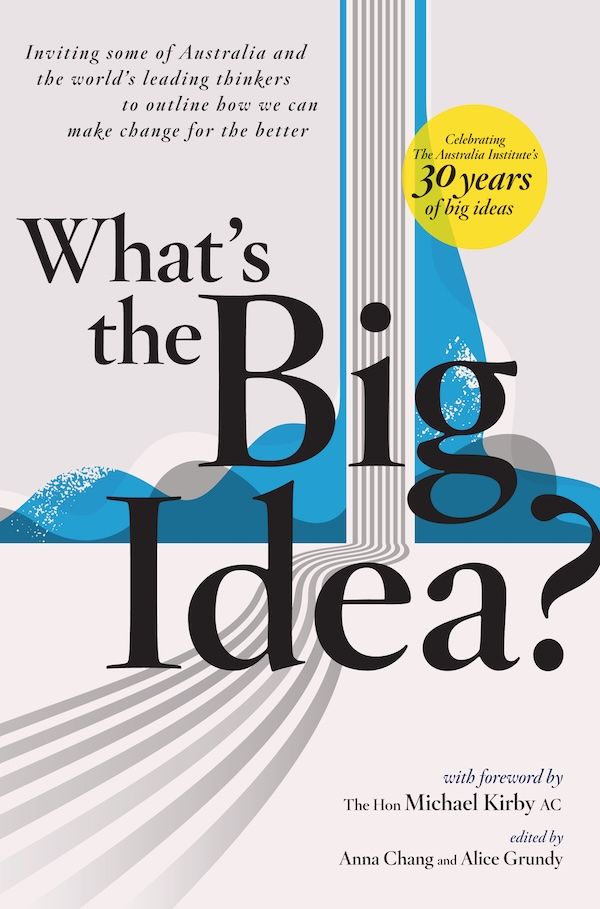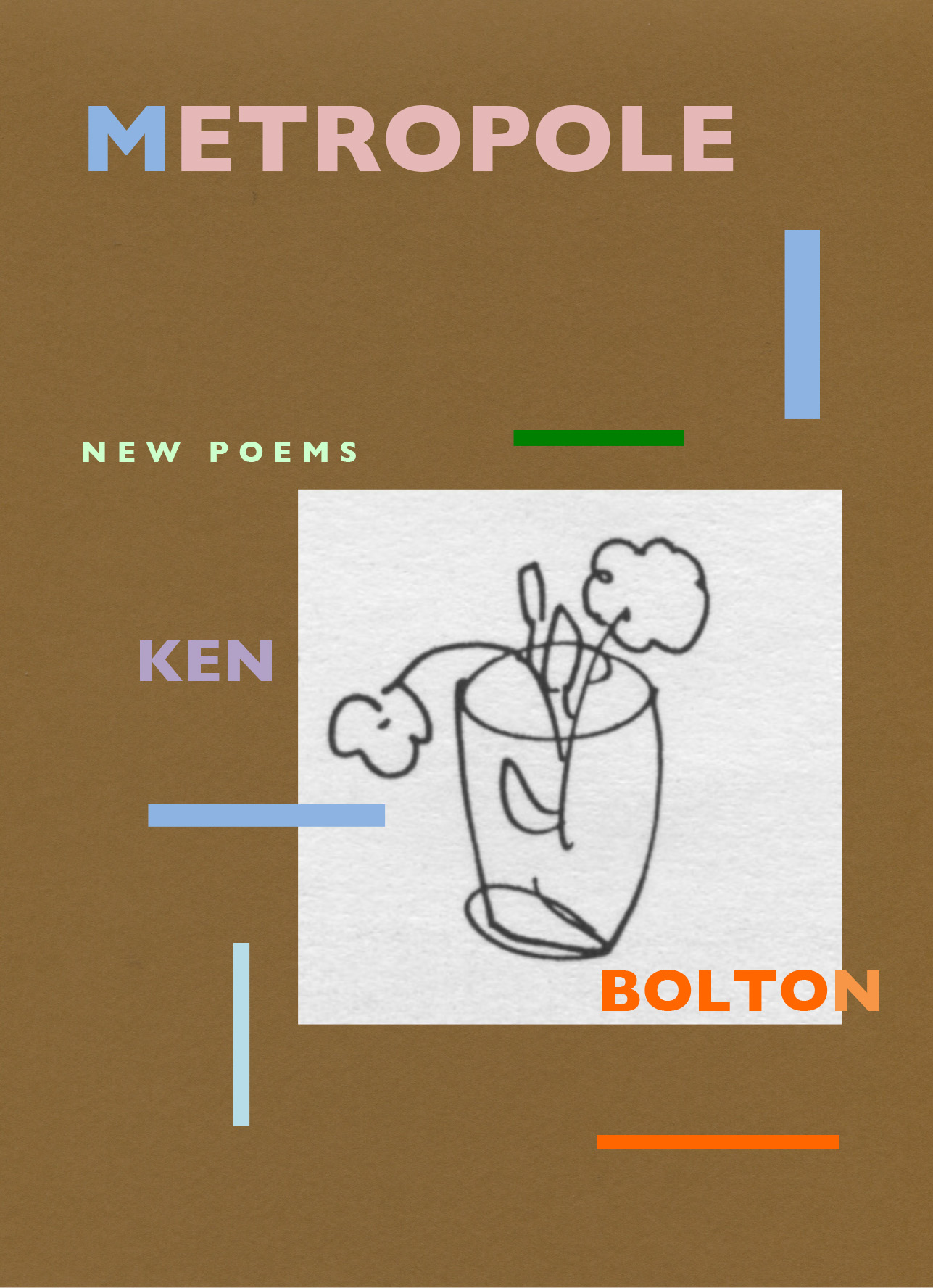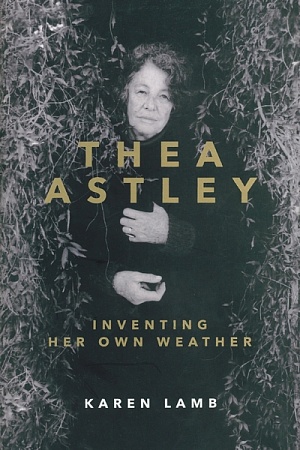Divine Language
In pre-Conquest Mexico, the Nahua people conceived of literature as a symbol of wisdom and the scribe was recognised as a sage, a teacher, and a philosopher. Is the modern writer only an entertainer, or is it still possible for literature to embody the truths beyond the everyday?
When I told a friend I was thinking of writing an essay on pre-Hispanic literature he said, ‘Forget it. You’d have to go to university to find out how to write an essay. Why don’t you write about your Christmas holidays?’ So perhaps it’s polite to warn readers that the following words, observations, and ideas are derived solely from personal experience, reading and reflection. I am a genuine lay person, shamelessly uneducated, having left school at fifteen and not found the time (or funds) to return since.
I want to write about pre-Hispanic literature because it is relatively unknown and unappreciated. It also makes a good contrast to modern literature, not only in form and content but in concept – how it was perceived and what function it played in comparison with our literature. I believe that one of the most important questions modern day writers have to ask themselves is, what role do we play? And one way of exploring that question is by comparing our writers and our literature to those of another time and place.
The time and place this essay is concerned with is Mexico in the two hundred years or so before the Conquest. At that time, as well as the infamous Aztecs there were a number of other groups living in the valley of Mexico that were related by a common language called Nahuatl and a similar cultural heritage known as Nahua. Nahuatl literature is composed of mythology, history, philosophy, poetry, songs, and formal discourses and speeches for special occasions such as the birth of a child. It also recorded scientific knowledge in the areas of astronomy, mathematics, and the calendar, even what we might now call psychology or psychiatry, such as the interpretation of dreams.
The story of the re-discovery of Nahuatl literature, which reveals the depth of pre-conquest Mexican culture, has been compared to the decipherment of Egyptian hieroglyphs. Although approximately three million Mexicans still speak Nahuatl, their native literature has rarely been available to them in written form. Some would say it has been deliberately kept from public view as a consequence of colonial suppression of native culture and, in particular, native religion.
Continue reading for only $10 per month. Subscribe and gain full access to Australian Book Review. Already a subscriber? Sign in. If you need assistance, feel free to contact us.














Leave a comment
If you are an ABR subscriber, you will need to sign in to post a comment.
If you have forgotten your sign in details, or if you receive an error message when trying to submit your comment, please email your comment (and the name of the article to which it relates) to ABR Comments. We will review your comment and, subject to approval, we will post it under your name.
Please note that all comments must be approved by ABR and comply with our Terms & Conditions.